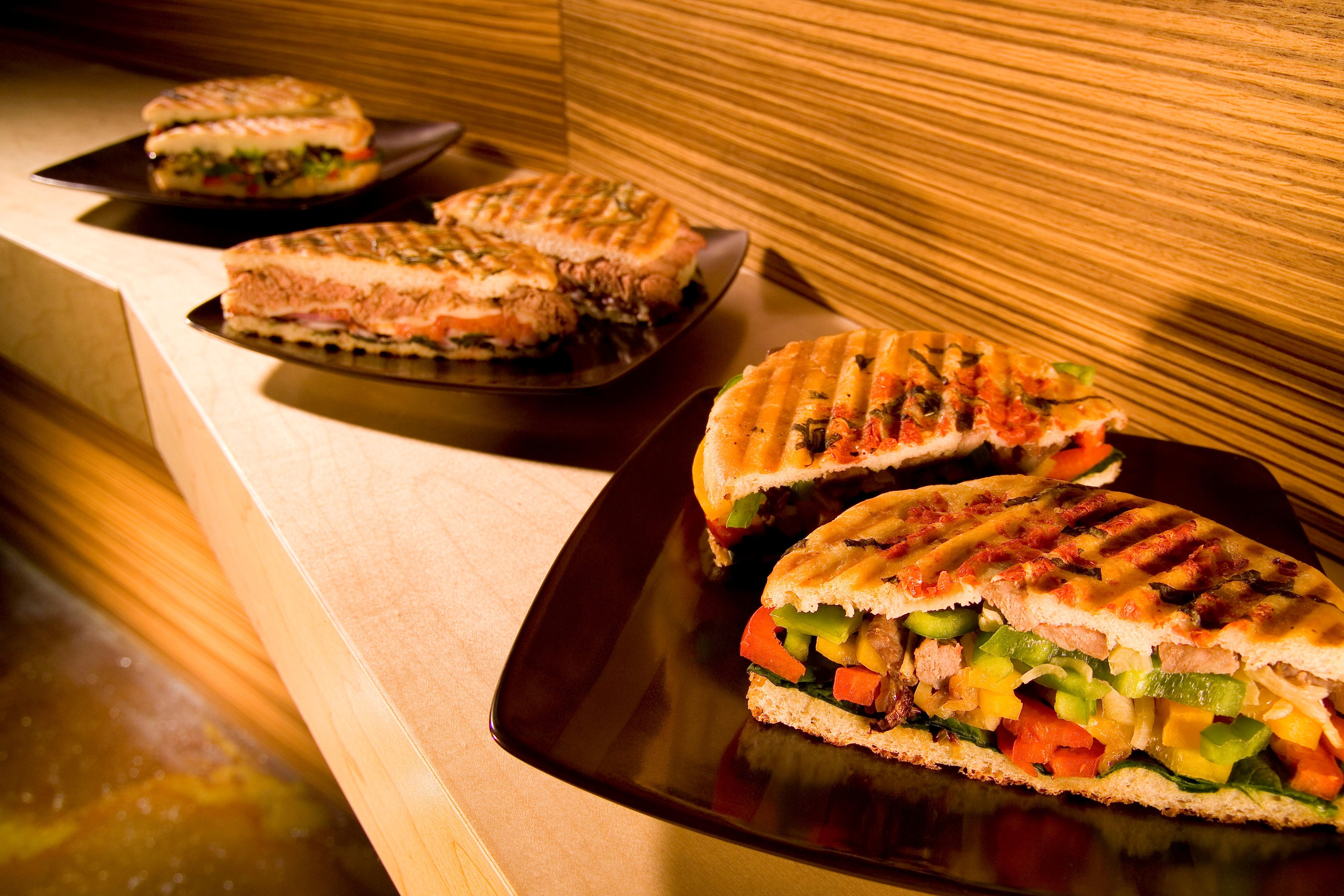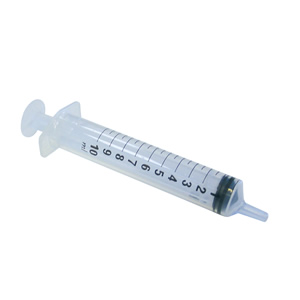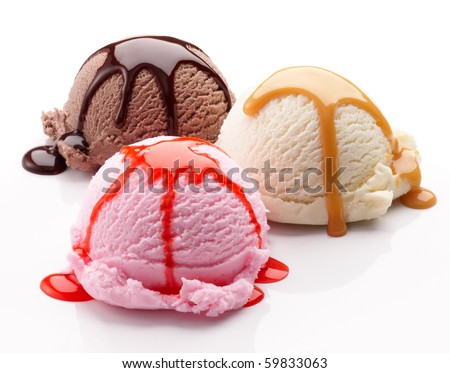Fancy some motor oil, spray deodorant and and shoe polish with your dinner?

We’ve all seen the seductive photos of vividly colorful fresh vegetables, sumptuous cherry pies, and golden-brown roasted turkeys. These pictures, often found in glossy cookbooks and magazines, make us believe that if we follow the recipe we, too, can create such delectable dishes. And many of us can. Well, almost.

A peek behind the kitchen door would reveal the sometimes bizarre tools of the food photography trade that transform fresh baked brownies and juicy crown roasts into science fair projects masquerading as culinary delights. Food is among the more difficult of subjects for photographers. The laws of nature guarantee it: Hot foods cool, moist foods dry out, frozen foods melt especially fast under hot lights, vegetables wilt, and fruit turns brown. But determined food photographers rise to these challenges with their extraordinarily inventive bag of tricks.
And yes, that includes motor oil, spray deodorant and and brown shoe polish…
 There are a couple schools of thought regarding food photography: Purists only use real food, and others of a more, um, practical bent resort to using imitation food at every opportunity. If a photo is destined to become part of an ad campaign, rules require the subject food product to be the “real thing.” However, imitation strawberries in a slightly out-of-focus background and acrylic ice cubes in faux lemonade are acceptable (to take-the-easy-way-out non-purists, that is).
There are a couple schools of thought regarding food photography: Purists only use real food, and others of a more, um, practical bent resort to using imitation food at every opportunity. If a photo is destined to become part of an ad campaign, rules require the subject food product to be the “real thing.” However, imitation strawberries in a slightly out-of-focus background and acrylic ice cubes in faux lemonade are acceptable (to take-the-easy-way-out non-purists, that is).In addition to the requisite photography equipment, food photogs need supplies from hardware, grocery, fabric, drug, and art supply stores to accomplish their food photography feats.
Here’s some of what you may find on their shopping lists, and at least one reason each has its rightful place in the photog’s apron pocket:
Blowtorch
 ,
, for browning the edges of raw hamburger patties, the goose-bumpy skins of nearly raw poultry, and hot dogs. (Caution: simmer hot dogs for a while before torching, unless your goal is an action shot of a pink-meat food explosion.)
Motor oil as a stand-in for unphotogenic syrups
 .
.Glycerin along with various sizes of artist’s paintbrushes (to make seafood look like it was just caught that morning) and a misting bottle (to spritz lettuce salads, giving them that just-picked-and-rinsed look)
.
Cotton balls, which, when soaked and microwaved, perform quite nicely in creating the illusion of steaming-hot foods.
Spray deodorant, which gives grapes that desirable frosty veneer.
Hairspray, which can give (the appearance of) new life to a drying-out slab of cake.


Spray fabric protector, to prevent the motor-oil syrup from soaking into the pancake, which has bursting blueberries artfully pinned to it in an aesthetically pleasing, yet random, scattering (still hungry?).


Toothpicks, to hold unruly sandwiches together and tease out perfect crumbs from hot (wink wink) muffins.


Tweezers, for looping noodles in the stir fry and rearranging miniscule yet crucial crumbs.

Large syringe, to emulate the effect of a padded bra by squirting mashed potatoes under the skin of poultry before it is torch-cooked to give it a deliciously voluptuous appearance.


Brown shoe polish, so raw meat appears to be just-out-of-the-roaster succulent.
Smoke pellets or incense sticks, which can stand in for steam as long as they are lightly fanned so their smoke disperses, avoiding the appearance of a lit cigarette laying behind the pot pie.


White glue, used instead of milk for cereal photos and for pie repair (that would be the pie actually filled with mashed potatoes, where a serving-sized piece is cut out, with the resulting opening’s edges slathered with lemon custard or rhubarb-strawberry filling)
.


.



Paper towels, which, when artistically torn into blob shapes, can make gooey syrups stick to the top of ice cream, which may really be a concoction of powdered sugar and shortening.



Sturdy cardboard squares, used to make little raw (except for the blow-torched edges) ground beef-patty-platforms (with the help of the toothpicks) to keep the fatty patties from mooshing the frilly lettuce. A few strategically placed hat pins and voila! The world’s perfect hamburger. (Note: Bun selection is a critical part of the set-up process; photographers have been known to glue sesame seeds in too-bare spaces.)



The art of food photography lends credence to the philosophical maxim: Perception is, indeed, reality. With a little practice – along with a super-sized portion of patience – you, too, will develop clever shortcuts and illusory sleight-of-hand moves of your own that you can pass down to the next generation of aspiring food shooters.















No comments:
Post a Comment